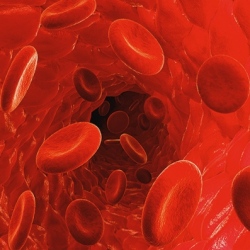
Vaccines can save up to 44 dollars to the dollar, says a new study, published in Health Affairs. Projected vaccination rates of 94 low- and middle-income countries from 2011 to 2020 were used to determine the economic benefits. Two separate approaches were used in the study:
The first looked at the “cost-of-illness” and focused on things like the cost of treatment and productivity losses. This approach found a 16 US dollar return on every one dollar spent. The second was the “full-income approach” which looked at the broader economic and social benefits of living a longer and healthier life. This approach found a 44-dollar return on every one dollar spent. Supply chain, service delivery and vaccine costs were all included to determine the prices of vaccinations.
The study assessed 10 vaccine-preventable infections: Haemophilus influenzae type b, hepatitis B, human papillomavirus, Japanese encephalitis, measles, Neisseria meningitis serogroup A, rotavirus, rubella, Streptococcus pneumoniae and yellow fever.
Researchgate spoke with lead author Sachiko Ozawa, from the Johns Hopkins Bloomberg School of Public Health.
See the original article for the interview:
